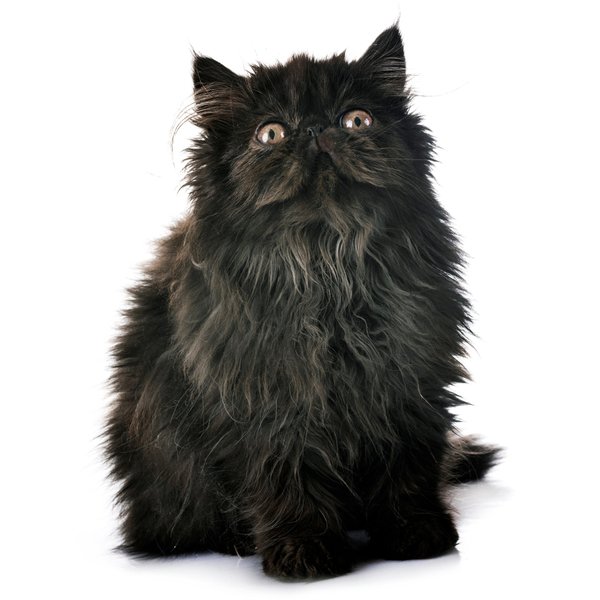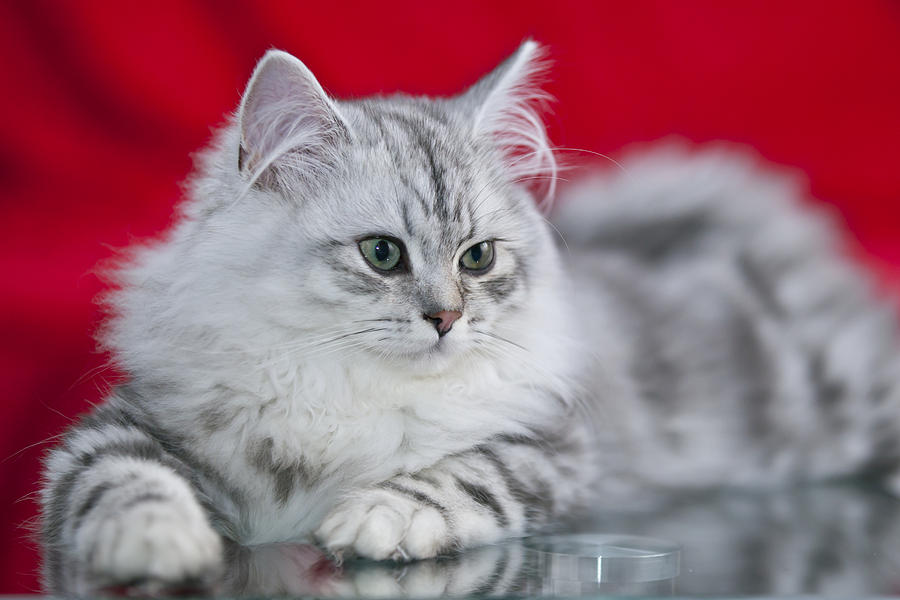The British Longhair is a stunning and elegant breed of cat that has gained popularity in recent years. With its long, silky coat and regal appearance, it's no wonder that this breed has captured the hearts of many cat lovers. But where did this beautiful breed come from? In this article, we will delve into the history of the British Longhair, exploring its origins, evolution, and development into the beloved breed we know today.
Origins of the British Longhair

The British Longhair is a relatively new breed of cat, with its origins traceable to the early 20th century. It is believed to have emerged as a spontaneous mutation within the British Shorthair population, resulting in kittens with longer, silkier coats. Initially, these long-haired kittens were considered a genetic oddity and were often culled or sold as pets. However, over time, interest in these unique cats grew, and dedicated breeders began to selectively breed them to preserve and enhance their distinctive characteristics.
Introduction to Britain
To understand the origins of the British Longhair, we must first look at the history of cats in Britain. Cats have been present in Britain since ancient times, with evidence of domesticated cats dating back to the Roman era. However, it wasn't until the late 19th and early 20th centuries that cats became popular as pets in Britain. This was due to the rise of cat shows, which created a demand for new and distinctive breeds.
Breeding Standards and Characteristics
The early development of the British Longhair was influenced by several factors. One of the most significant factors was the importation of long-haired cats from other countries, such as Persia and Angora. These cats provided genetic diversity and contributed to the development of the British Longhair's unique appearance. Breeders also began to selectively breed these long-haired cats, focusing on specific characteristics such as coat length, color, and body type.
The breed's name was initially known as the "British Angora," but this caused confusion with the Turkish Angora breed. As a result, the name was changed to "British Longhair" in 2001 by the Governing Council of the Cat Fancy (GCCF).
Recognition as a Separate Breed
In the early stages of its development, the British Longhair was often exhibited alongside British Shorthairs in cat shows. However, as their popularity increased, breeders recognized the need to establish a separate breed standard for these long-haired cats. In 1981, the GCCF officially recognized the British Longhair as a separate breed, with its own distinct characteristics and standards.
Evolution of the Breed

The evolution of the British Longhair continued throughout the 20th century, with breeders working tirelessly to refine and improve the breed. One of the most significant developments in the breed's history was the introduction of the Persian gene into the breeding program. This resulted in a longer, thicker coat and a more rounded head shape, giving the British Longhair a more regal appearance.
Popularity and Spread of the British Longhair
As the breed continued to evolve, it gained popularity not only in Britain but also in other countries. In the 1990s, the British Longhair was introduced to the United States, where it quickly gained a following among cat enthusiasts. Today, the breed is recognized by major cat registries, including The International Cat Association (TICA) and the Cat Fanciers' Association (CFA).
Influence on Other Cat Breeds
The British Longhair has also had a significant influence on other cat breeds. Its long, silky coat and elegant appearance have been sought after by breeders looking to create new breeds or improve existing ones. For example, the Scottish Fold breed was developed by crossing British Shorthairs with British Longhairs, resulting in the signature folded ears of the Scottish Fold.
Early Development of the British Longhair

In the early stages of its development, the British Longhair faced many challenges. As mentioned earlier, these long-haired kittens were initially considered a genetic oddity and were often culled or sold as pets. However, dedicated breeders saw the potential in this unique breed and worked tirelessly to preserve and improve it.
Selective Breeding
Selective breeding played a crucial role in the early development of the British Longhair. Breeders carefully selected cats with desirable traits, such as long, silky coats and a regal appearance, to produce future generations with these characteristics. This process took time and patience, but it ultimately resulted in the stunning breed we know today.
Challenges and Setbacks
The early development of the British Longhair was not without its challenges and setbacks. One of the most significant challenges was the lack of recognition from major cat registries. Without official recognition, breeders struggled to promote and establish the breed. However, through perseverance and dedication, the British Longhair eventually gained recognition and continues to thrive today.
Modern Day British Longhair
Today, the British Longhair is a well-established and beloved breed among cat lovers worldwide. It is known for its calm and affectionate nature, making it an excellent companion for families and individuals alike. Its long, luxurious coat requires regular grooming, but many owners find this to be a relaxing and enjoyable bonding experience with their feline friend.
Appearance and Characteristics
The British Longhair is a medium-sized cat with a muscular build and a broad chest. Its head is round and full, with large, expressive eyes that come in various colors, including blue, green, and gold. The breed's most distinctive feature is its long, silky coat, which comes in a variety of colors and patterns, including solid, tabby, and bi-color.
Temperament and Personality
The British Longhair is known for its calm and laid-back nature. It is a gentle and affectionate breed that enjoys spending time with its human companions. They are not overly demanding or vocal, making them an excellent choice for those looking for a low-maintenance cat. However, they do enjoy playtime and will happily engage in interactive games with their owners.
Future Prospects for the Breed
As the British Longhair continues to gain popularity, its future prospects look bright. With dedicated breeders working to preserve and improve the breed, we can expect to see even more stunning and unique variations of this beautiful cat in the years to come. As long as there is a demand for this breed, it will continue to thrive and bring joy to many households worldwide.
Conclusion
The British Longhair may be a relatively new breed, but its history is rich and fascinating. From its humble beginnings as a genetic mutation to its recognition as a separate breed, the British Longhair has come a long way. Its elegant appearance and affectionate nature have captured the hearts of many, and it's no surprise that this breed continues to grow in popularity. As we look towards the future, we can only imagine what exciting developments and variations await us in the world of the British Longhair.
Nhận xét
Đăng nhận xét